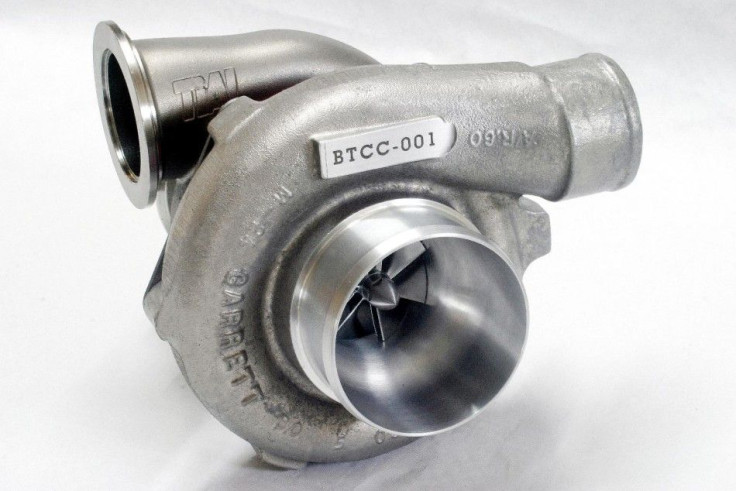
Earlier in May, Turbo manufacturer Honeywell released a study projecting the U.S. sales of turbocharged vehicles to reach as high as 3.2 million units for 2012. A bold estimate, a 3.2 million figure reflects nearly a 50 percent increase over 2011, which sold 2.2 million turbocharged vehicles.
Now, Honeywell's estimates get even more sophisticated. According to data from a more recent study, turbocharged vehicle sales are expected to enjoy a global increase of 80 percent over the next five years. By 2017, Honeywell estimates 36 million vehicles on the road will be turbocharged, representing a strong grip over 40 percent of the market. From data gathered from 2011, there were 20 million turbocharged vehicles on the road.
According to Honeyway Transportation Systems Vice President of Marketing and Product Management Peter Hill, "Turbocharged engines are expected to continue to grow globally because they meet the needs of consumers in a wide range of vehicle segments and geographic markets."
The strong growth of turbocharging are largely influenced by its ability to allow smaller displacement engines to attain better fuel efficiency without compromising power and performance. Buyers are opting for turbocharged vehicles for its inherent fuel efficiency benefits over naturally-aspirated vehicles. Perhaps of even greater importance, turbocharged cars are broadly more affordable than comparable hybrids. According to Honeywell Turbo Technologies' American division vice president Tony Schultz, "[Turbocharging] is a proven technology that can be used across market segments and does not put the consumer in an extended payback period like other technologies to realize its benefits."
While many automakers actively promote its hybrid drivetrain development, the industry is perhaps even more committed to turbo technology. Ford's successful new line of EcoBoost engines are dedicated to the use of turbocharges. What's more, General Motors aims to fit turbochargers into 10 percent of the vehicles it produces by 2013.
[Source: Detroit Bureau]




